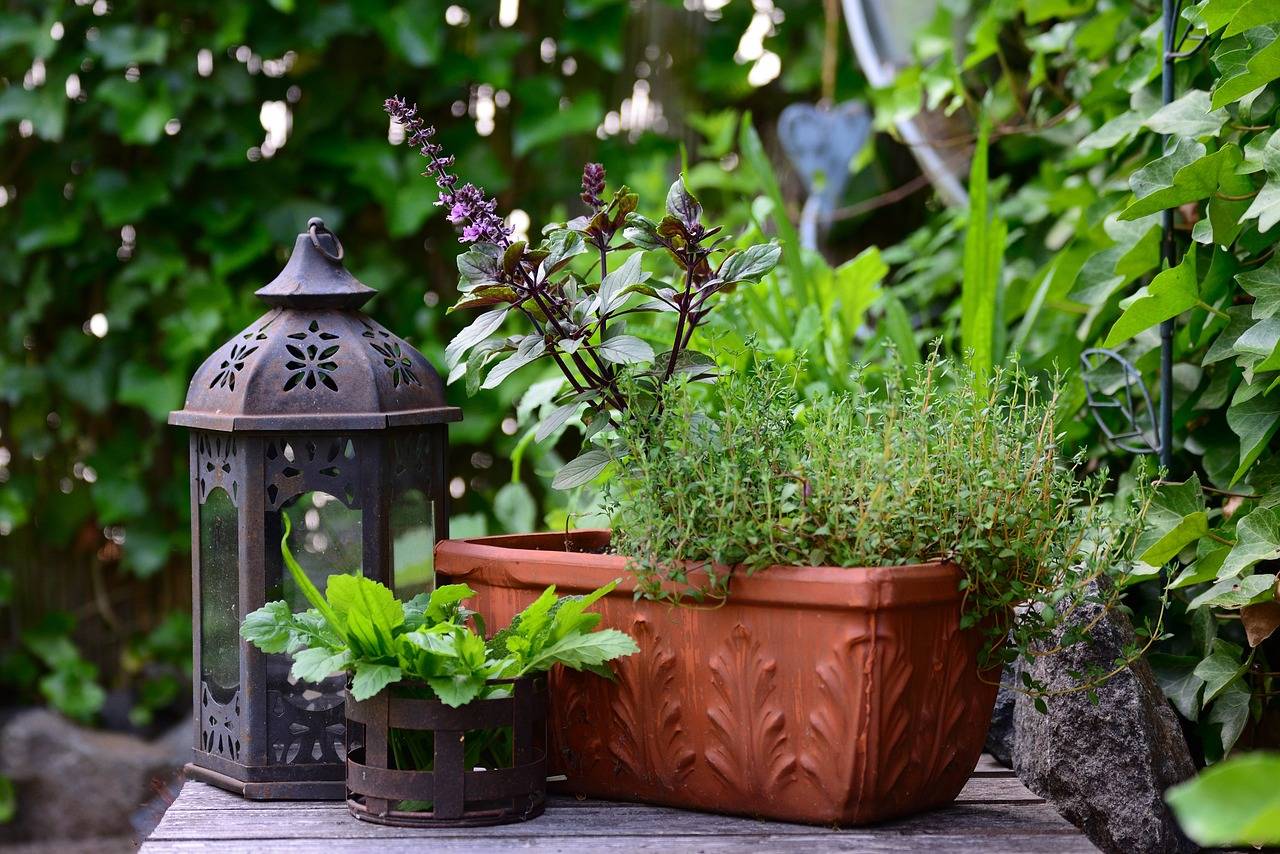
Container gardening has become increasingly popular among urban dwellers and gardening enthusiasts alike. Whether you have a spacious balcony, a tiny patio, or even just a sunny windowsill, container gardening offers a versatile and rewarding way to cultivate plants in limited spaces. In this guide, we'll explore the essentials of container gardening, from selecting containers and soil to choosing the right plants and maintaining them for optimal growth.
1. Choosing Containers:
The first step in container gardening is selecting the right containers. Containers come in various shapes, sizes, and materials, each with its own advantages and considerations. Terra cotta pots are classic and porous, allowing for better airflow to the roots, but they may dry out quickly. Plastic containers are lightweight and retain moisture well, making them suitable for beginners. Additionally, consider the depth of the container, ensuring it's appropriate for the root system of the plants you intend to grow.
2. Selecting Soil:
Quality soil is crucial for the success of your container garden. Opt for a well-draining potting mix specifically formulated for container gardening. Avoid using garden soil, as it tends to compact in containers, restricting root growth and drainage. Consider adding perlite or vermiculite to improve aeration and drainage, promoting healthier plant growth. Regularly check the moisture level of the soil and adjust watering accordingly to prevent waterlogged roots or drought stress.
3. Container Preparation:
Before planting, it's essential to prepare your containers to create an optimal environment for your plants. Start by ensuring your containers have adequate drainage holes at the bottom to prevent waterlogging. You can also add a layer of gravel or broken pottery pieces to improve drainage and prevent soil from escaping through the holes. Clean your containers thoroughly with soap and water to remove any debris or residues that could harbor pests or diseases. Consider sterilizing used containers with a diluted bleach solution to kill any lingering pathogens.
4. Choosing Plants:
When it comes to choosing plants for your container garden, the possibilities are endless. Consider the growing conditions of your space, including sunlight exposure and climate, to select plants that thrive in your environment. Herbs like basil, thyme, and mint are excellent choices for small containers and provide fresh flavors for your culinary adventures. Flowers such as petunias, marigolds, and pansies add color and beauty to any space, while compact vegetables like cherry tomatoes, peppers, and lettuce can be grown successfully in containers.
5. Arranging Your Garden
Once you've selected your containers and plants, it's time to arrange your garden. Consider the aesthetic appeal of your garden by arranging plants of varying heights, colors, and textures. Place taller plants at the back or center of your arrangement, with trailing or low-growing plants cascading over the edges of the containers. Group plants with similar water and sunlight requirements together to simplify maintenance and ensure optimal growth. Get creative with combinations of flowers, herbs, and vegetables to create a visually stunning and functional container garden.
6. Watering & Maintenance
Proper watering is essential for the health and vitality of your container garden. Check the moisture level of the soil regularly, especially during hot and dry periods, and water thoroughly when the top inch of soil feels dry to the touch. Avoid overwatering, as it can lead to root rot and other moisture-related issues. Fertilize your container plants regularly with a balanced, water-soluble fertilizer to replenish nutrients depleted from frequent watering. Prune and deadhead plants as needed to promote bushier growth and prolong flowering.
7. Pest and Disease Management
Keep a close eye on your container garden for signs of pests and diseases, as they can quickly spread and damage your plants. Inspect leaves for holes, discoloration, or unusual growth patterns, which may indicate pest infestations or fungal infections. Consider using natural remedies such as neem oil or insecticidal soap to control common pests like aphids, spider mites, and whiteflies. Practice good sanitation by removing debris and fallen leaves from containers to reduce the risk of disease spread.
Container gardening offers a convenient and accessible way to enjoy the pleasures of gardening in limited spaces. With careful selection of containers, soil, and plants, along with proper maintenance and attention, you can create a vibrant and thriving container garden that brings joy and beauty to your home.










